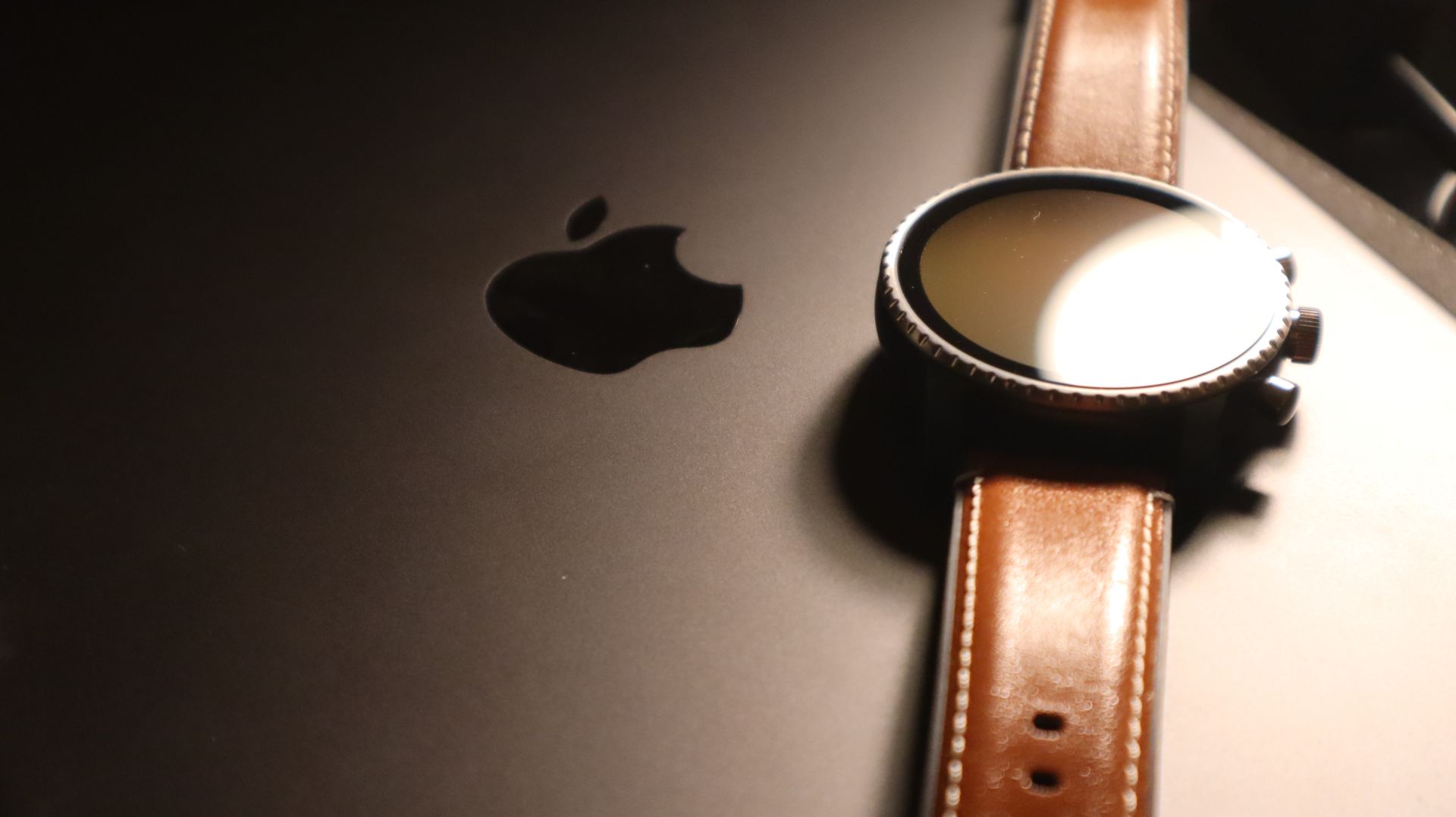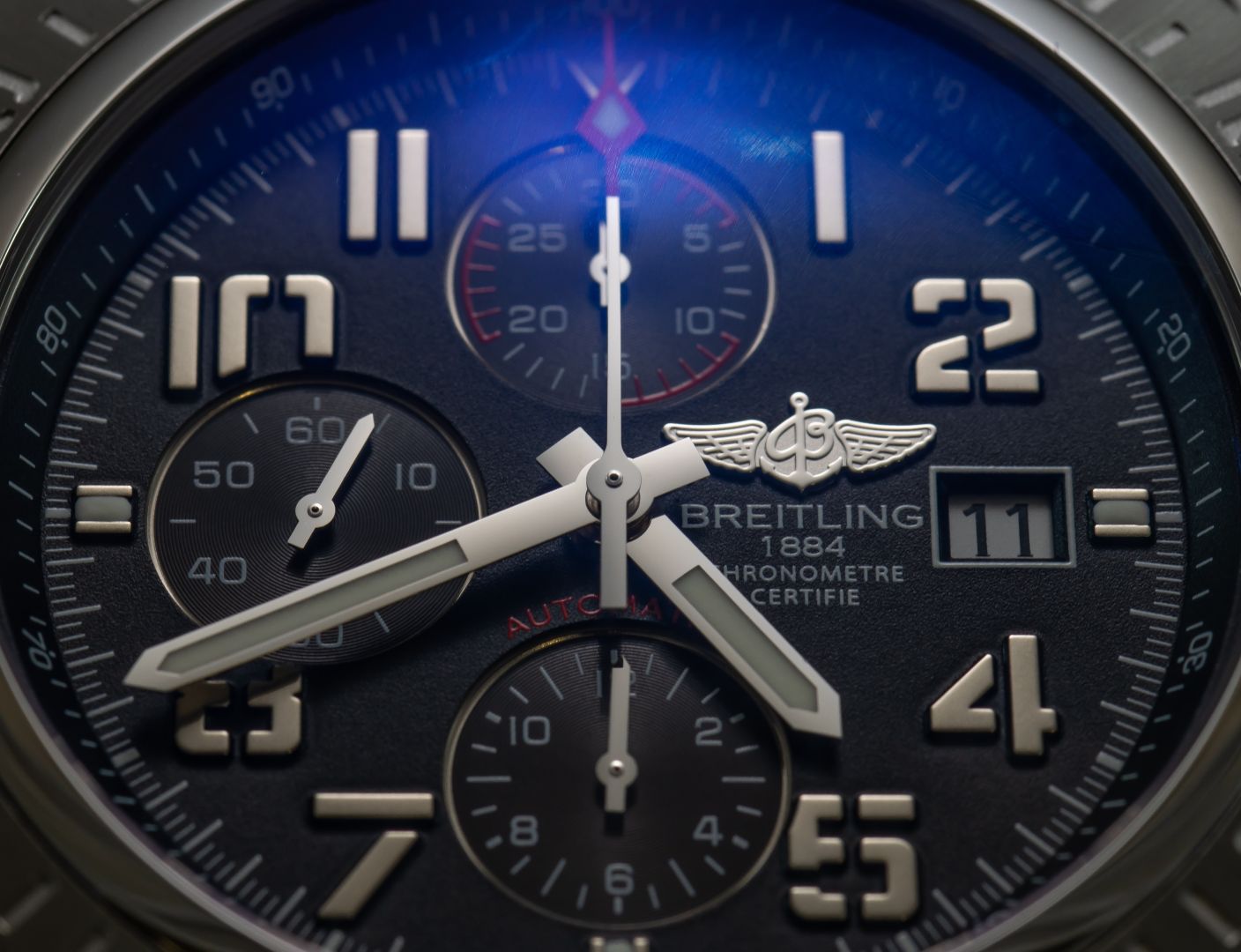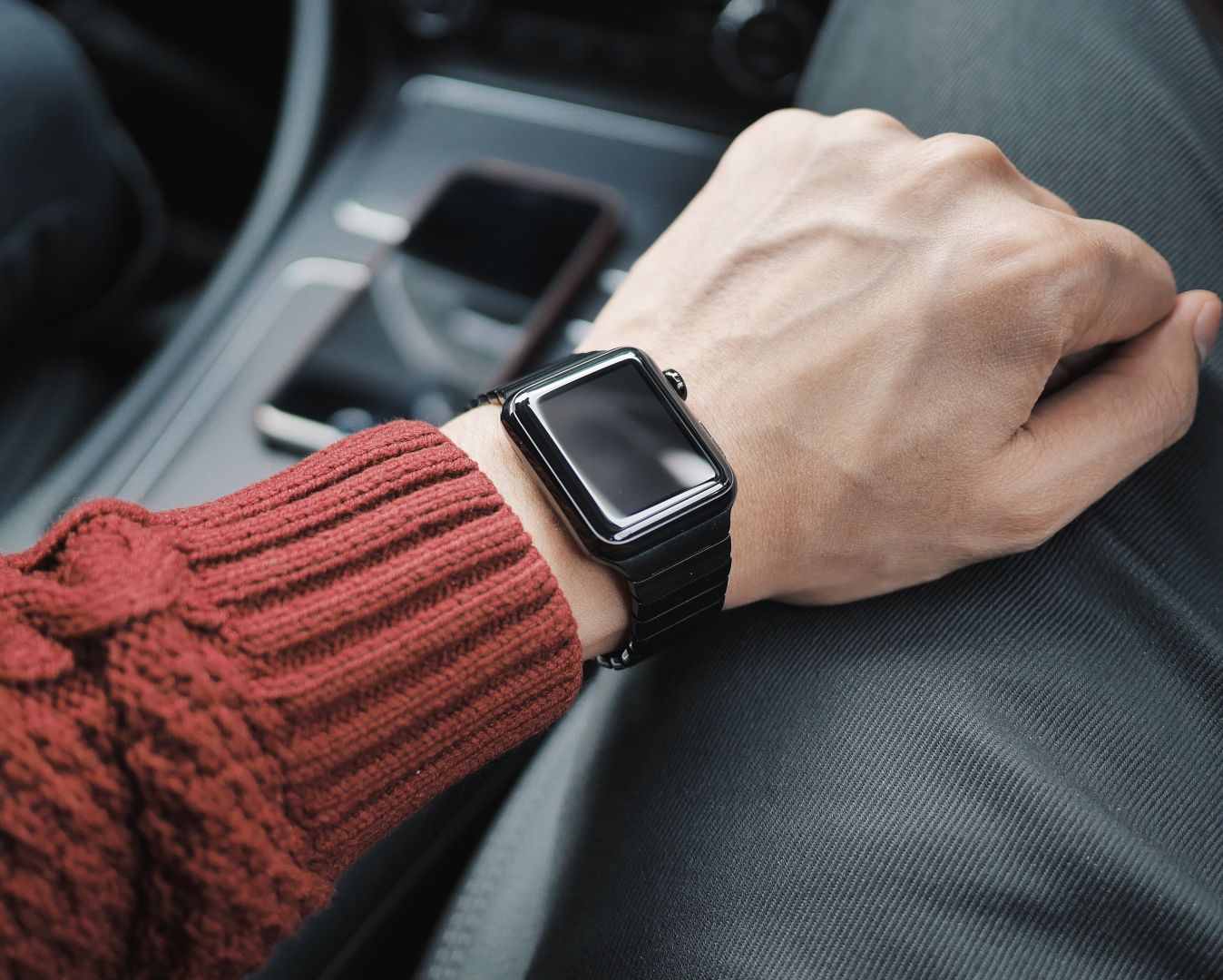
The days when the production of luxury smartwatches was the exclusive preserve of savvy electronics manufacturers are long gone. Recently, the wearable market has also seen the emergence of classic wristwatch manufacturers, and a large number of fashion labels have also successfully ventured into this venture. Accordingly, there is no question that smartwatches are also making their way into the luxury brand segment. Over the course of the last few years, a trend has clearly emerged: Traditional brands are not shying away from modern technology either and also want to participate in this development – whether primarily out of economic interests or because they clearly see potential in it for the future.
If you’re looking for a more male or female touch, we recommend checking out our guides on smartwatches for men or smartwatches for women.
In this article
The most important manufacturers of luxury smartwatches
When thinking of luxury smartwatches, many probably associate the TAG Heuer brand from La Chaux-de-Fonds in the first place. This may come as little surprise, because after all, despite its long history and the tradition associated with it, the company has recognized the signs of the times as one of the pioneers and brought competent partners on board to design a display smartwatch. Progressiveness is combined with tradition, which is why TAG Heuer maintains an intensive partnership with the chip manufacturer Intel as well as with Google – the search engine provider supplies the matching operating system with Wear OS.
The cooperation has intensified over time to such an extent that the Swiss luxury manufacturer has opened a location in Silicon Valley and Intel has opened one in the Alpine state. This should result in an even better exchange between the two. Although TAG Heuer is leading the way here and has not only launched several luxury smartwatches in the meantime, the brand, which was founded in 1861, is by no means the only one from the upper segment that does not turn a blind eye to this development.

Alpina has also already released several generations of smartwatches. However, the traditional company is not dedicated to the typical variant with a display, but has also been very successful with hybrid smartwatches so far. The noble timepieces thus get by with a battery and hide the intelligent functions behind the very classic look for the unknowing observer. As far as the evaluation and display of the collected data is concerned, Alpina relies on the MMT-365 app. This is used by other renowned Swiss manufacturers for their smartwatches.
Other partners include Frederique Constant, Ferragamo, Mondaine and Movado. They all rely on the services of this app, which not only enables settings for the respective luxury smartwatch and manages a typical analysis of basic fitness data, but also provides tips on a healthier lifestyle.
In addition, Tissot, Breitling, Kairos and Hublot are other brands from the luxury smartwatch segment that have successfully dedicated themselves to a smartwatch.
Baselworld 2017 as a turnaround
Baselworld has always been considered the world’s most prestigious trade show for jewelry and especially watches. In 2017, the event, which was repeated for the 100th time, has been the smartest yet in the Swiss city at the border triangle. Above all, it may also be understood as proof that smartwatches have finally arrived in the luxury segment. The defining brand of this event was undoubtedly TAG Heuer, which had presented a new smart watch, the TAG Heuer Connected Modular 45, just a few days earlier. This put the company particularly in the spotlight at Baselworld and thus attracted the bulk of the attention. In fact, the noble smartwatch was more in the spotlight than the analog models.
TAG Heuer had previously done the same to Montblanc. The manufacturer, also from Switzerland, announced its Summit smartwatch as a Wear OS model (at that time still Android Wear 2.0) before Baselworld and also used the event to put the wearable in the showcase.

Alpina and Frederique Constant also served up their hybrid smartwatches to visitors in Basel. Manufacturer Swatch did not have anything concrete to present yet, but hinted at its own operating system for wearables. This is to serve as a basis for many renowned labels from Switzerland in the future and enable them to launch their own smartwatches on this basis.
Basically, this development shows that smartwatch technology does not stop at the luxury sector of traditional watch manufacturers. Although some brands, such as Rolex or Omega, are still cautious and skeptical about this trend, other companies can be expected to follow suit in the future.
The appeal of a luxury smartwatch
Why are so many people so attracted to a smartwatch from the luxury segment? From an objective point of view, the models are not able to do anything different than the mainstream devices of the well-known brands like Apple, Samsung, HUAWEI, Casio or Fossil. So, it cannot be the functions alone by far. Jean-Claude Biver, head of the TAG Heuer brand, has already said as much. When he spoke about a new smartwatch from the company at the beginning of 2017, he already said that it would not reinvent technology. Instead, he said, it would come down to some innovations and minor changes to the design.
Of course, buying a luxury smartwatch is always a matter of prestige. Many have a special approach to a certain brand and therefore tend to opt for a model from its product range rather than from the range of the usual suspect manufacturers. For that, many are willing to put more money on the proverbial counter. At the same time, it should not be forgotten that the smartwatch from a renowned label is still far from being on a par with analog watches in terms of price.

There are several reasons for this: The built-in technology alone tends to be more of a mass-produced item in a smartwatch, while the classic timepieces are created with filigree craftsmanship. At the same time, digital products tend to become obsolete more quickly and are therefore quickly outdated. Smaller, more powerful batteries and processors, sharper displays or more precise GPS modules are just a few examples of why new generations are regularly proclaimed. This phenomenon does not exist with an analog watch. Here, timeless is rather the appropriate word to describe the accessories.
Nevertheless, many people make the compromise of paying a bit more for a luxury smartwatch with the awareness that the model will be outdated and replaced by another one in the future. In most cases, there is a clear emotional attachment or a simple feeling of sympathy for a manufacturer. Those who feel this way and, at best, bring along the appropriate small change, ultimately decide to buy a luxury smartwatch.
In 2016 alone, for example, the first generation of the TAG Heuer smartwatch was put on customers’ wrists 56,000 times. Although this figure dates back a few years, it still shows that there is a clear need for luxury models here and that there is a corresponding market. Other brands will either be forced to act in the future or react in time and also design luxury smartwatches.
Individualization of a luxury smartwatch
The brand name alone gives a luxury smartwatch an air of exclusivity. This is also ensured by a certain haptic, which makes it easy to wear the luxury smartwatch especially in the hands and on the wrist. Anyone who has encountered such a model will understand this special feature.
But many users are in the mood for even more exclusivity. They don’t just want to get their money’s worth out of a visually attractive wearable from their favorite brand. Furthermore, they might also want to add a personal touch to the smartwatch. The possibilities are there: On the one hand, there is a noticeable trend developing toward the so-called modular smartwatch.
This means that the smartwatch can be combined in the way the buyer wants. To do this, he chooses from a whole range of different components. Various colors and materials of the wristbands are just one example. The clasp of the strap, fastening brackets or strap lugs can also be freely selected.

This gives the buyer a special experience: he is allowed to put together his desired product according to his own ideas and thus adds a personal touch to the wearable. Although it is not unique, he still gets the feeling that the luxury smartwatch was tailored exactly to him.
Besides the tangible components, I can also change the digital watch face. That is certainly also the case with the common models. So-called watchfaces can either be created on the PC or via an app, or they can simply be downloaded and put on the smart watch.
Luxury brands would not be luxury brands if they did not go one step further and provide even more exclusivity. If desired, some manufacturers, such as Montblanc, make it possible to develop a watchface themselves and then make it a reality in collaboration with graphic artists and designers from the label. Of course, this has its price – but then it really is a one-of-a-kind and a unique selling point.
When customizing a luxury smartwatch, the buyer always gets the impression that the focus is completely on them and their needs – which is exactly what makes buying such a wearable even more attractive.